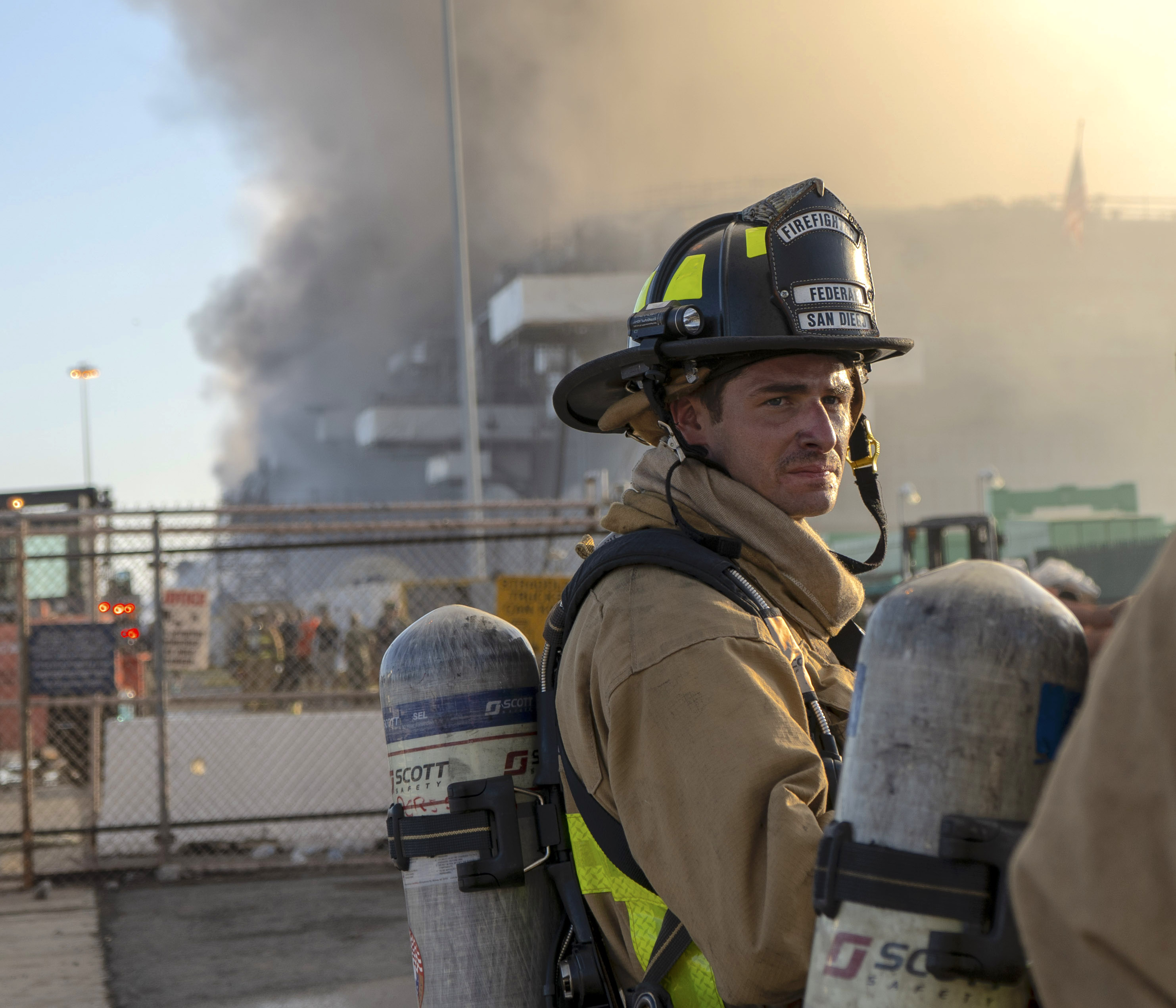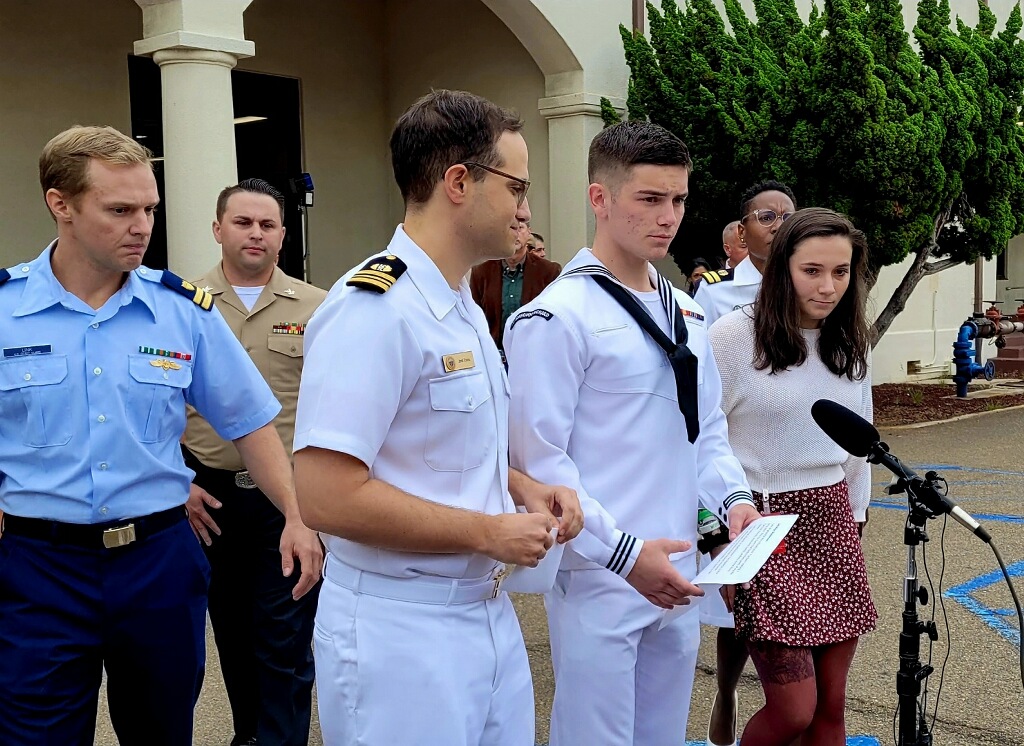- Reaction score
- 7,950
- Points
- 1,160
I think any DWP (manned or unmanned) would have the same results; all the FF systems are offline, so you just have local extinguishers for first response, and then you evacuate. That's why we have daily FF rounds, strict hotwork procedures etc, as you are pretty much hooped if you have a fire that can't be put out with an extinguisher, and with the ship out of the water and ongoing work on the firemain, your only FF source is the jetty connections.I'll note that because of the regular petty thievery at ISI that's been experienced over the years, the RCN pulls off all of our fire-fighting gear when we send a ship into refit there.
We had a couple of ships come out with every one of the hoses on all hose stations requiring replacement due to the hose-ends being cut off (a pound of brass each, times 4 hoses = about 8 pounds of brass per hose station, which ends up being worth about $15-17 in scrap metal. Add to that all the lazy-rod covers, and anything else brass that could be fit into a lunch-box, and well, you end up with a decent amount of scrap brass to steal.
Add to that, the ISI workers using our fire extinguishers for their sentry duties, and not bringing them back...or just taking them completely off the ship when they leave, and you have a big problem.
Some of the crew berthing areas end up having to be locked so that ISI workers don't take a nap during their work day, and basically, there's a whole lot of extra work that goes into getting these spaces secured, then opened for 'work' during a Docking at ISI.
If one of our ships undergoing an 'unmanned' refit in ISI caught fire, we'd be in a similar state.
Land based firefighters in Halifax, Vancouver and QC will just focus on life safety, and do a risk assessment on whether they can put the fire out. They'd have to run hoses into the ship, so would take a while to get a safe route in to get to any fire down low, so may just be a defensive effort if they can confine the fire to one zone. In the builds there are a bunch of precautions and temp systems in place to prevent/detect fires, but once it gets started, options to contain/suppress are pretty minimal.
This was actually an alongside maintenance period though, which sounds more like an EWP2 after a DWP, where most stuff is still online, and a lot of contractors working onboard while the ship was in the USN dockyard. The hoses etc were supposed to be set up, and sounds like the local detection/suppresion was isolated to allow for the hot work (which is totally normal). Look forward to reading the detailed report, but sounds like there was supposed to be a bunch of basic gear fitted that wasn't working (like some hose stations) and a whole bunch of other basic things (like an effective duty watch response). That's all the stuff we try and do in week one, but I'm positive we have a few operational ships sitting around in more or less this exact same condition but haven't had our number come up yet. They have a much bigger fleet, but we still have at least one near miss or minor fire a month, and something relatively major once a year or so.
In our case I don't think it's a ship leadership issue; the crews are set up for failure with the minimum crewing levels, brutal material state, insane schedules and no feasible resource load to get them out the door, on top of things like the failed Martech rollout and plummeting trade numbers. It's all really coming to a head, so hoping a few ships get tied up and the general fleet op tempo is reduced to allow for repairs before we have our own Bonhomme Richard and someone gets killed.







